Different types of digital marketing are everywhere now, surrounding your lives on social media, playing games, to watching the videos you love.
Maybe you weren’t aware of it before, but I aim to catch you up to speed with the digital world and allow you to get that competitive edge you need to succeed in your business.
There are eight highly profitable types of digital marketing for you to utilize and implement in your business:
- Social media marketing
- Search engine marketing
- Content marketing
- Email marketing
- Influencer marketing
- Mobile marketing
- Audio marketing
- Video marketing
Today we will be discussing what each of these is and the best ways for you to get started today.
If you are already familiar with some of these topics or are just curious about specific methods, feel free to skim the post using the link within the table of contents so you can take the most from this article.
First up, Social Media Marketing!
Types Of Digital Marketing: Search Engine Marketing
Search engine marketing splits off into two categories, PPC and SEO. Both have their place, and both can drive results depending on your overall goal.
Both PPC and SEO are driven through keywords and search terms people use in search engines like google.
The end goal for both is to rank in the search results so people can find your website or other content you create on the web.
Let’s take a minute to go over each in a little more detail:
PPC
As a business, you need sales to survive. In order to make sales online, you need traffic to your website. In order to get more traffic to your website, you need to get your website in front of more people.
Paid advertising is a wonderful resource if your website is somewhat new or just doesn’t have a bunch of traffic from your other marketing efforts.
Yes you will have to pay in order to implement this form of digital marketing, however, it can be a great way to get people in the door quickly and kickstart your online marketing efforts.
What is PPC?
The term PPC is an abbreviation that stands for “pay per click.”
PPC is a form of paid advertising you can utilize for most search engine platforms like google, bing, and yahoo.
You can run pay per click ads targeting specific keywords your customers use within Google and other search engines.
Pay per click advertising is great if you are trying to drive traffic quickly to your website.
All you need do is head to google ads and create an ad that represents your business well and catches the attention of people you would like to click on your website.
The Pros of PPC:
- Extensive range of targeting options.
- Drive results almost instantly with the right ads.
- Easily track and measure your ad results.
- Cost-effective, and you can easily set a daily budget that makes you comfortable.
The Cons of PPC:
- It can be a pretty complicated process if you are a beginner, and there are no guarantees on getting a return on ad spend.
- PPC can be a pricey long term strategy.
- Your ads only last as long as your budget does.
Action Step: Create your google ad account and explore all of the features they have to offer.
SEO
Have you ever heard of the term compound interest?
Usually when it’s thrown around, it’s in the context of money, however the same principle can be applied with SEO and getting website traffic.
The more you put into your SEO efforts, the more you will get out of it later on with time.
What Is SEO?
SEO stands for “search engine optimization.”
Search engine optimization is the means to get more organic (free) visitors to your website.
The goal with SEO is to rank higher on search results so more people will find and click on your website.
It takes a lot longer time for SEO tactics to work when compared to PPC, but the results can be massive in the long run if implemented correctly.
Although it doesn’t technically cost money to have a successful SEO plan in place, it costs you a lot of time and effort.
There are a few variables that play an active role in how successful you will be within your SEO plan, such as:
1. E-A-T
E-A-T stands for expertise, authoritativeness, and trustworthiness.
Googles’ main goal for every search is to provide an excellent experience for their users (the people you want to click on your site) and serving them the best, most relevant information possible.
That means that if you don’t portray the three qualities above with you content, your site will be less likely to get ranked higher on the search results page.
2. Title Tags
Title tags are what tell people and search engines alike what your content is all about. You will get more people to click through when they know you have the answer they seek based on the title(like a sneak peek).
Aim to be transparent as possible with the topic so that everyone and google know what to expect after clicking the link.
3. Quality Content
Content Quality ties together with E-A-T. Google wants to show people relevant, quality content that will provide value to their users.
Make sure that you are putting the quality of your work towards the top of your priority list.
4. Meta Descriptions
Meta descriptions provide a little detail on what someone is about to click on before committing fully.
Give the people what they want! Introduce them to what lays ahead after they click on your website.
5. Image Optimization
Images keep your website content visually appealing and engaging; however, if you do not optimize your content correctly, pages on your website will begin to load slowly.
Slow websites create an awful user experience, which will hurt the potential traffic you will get in the long run.
Some useful tools for you to take advantage of for image optimization are smush for WordPress or https://tinyjpg.com/ if you are using another platform.
6. User Engagement
Acquiring visitors to your site is only half of the battle.
Keeping them on your site and spending time reading what you have to offer is the other.
It’s all about the user! If your website isn’t human friendly with value-adding content, your search rankings will suffer.
Focus on site speed, user experience on your site, and creating valuable content with relevant information.
7. Content Updates
After creating content for your website, it’s always good to come back and make improvements wherever possible.
By updating pages on your website, Google will begin to see you as a reliable source with relevant information regarding your site’s topic.
8. Header Tags
Header tags (H1- H6) keep everything organized and easy to navigate for both the user and Google.
If you are having problems with your bounce rate, consider looking over your content layout and how you have things structured.
9. Keyword Cannibalism
Keyword overload refers to the process of creating multiple pages focused on the same keyword.
By creating more than one piece of content that targets the same keywords, you are actively competing against yourself in the search results.
Stick to keywords and topics that are similar to each other, not the same.
There are many moving variables in this type of digital marketing, and this is just a brief overview of some critical factors that play a role in search engine optimization.
A great tool to check out for understanding how you are doing in your SEO efforts is Neil Patels’ SEO Analyzer. Neils tool will give you a score on how you are currently doing and give you some actionable steps on how to improve.
The Pros of SEO
- Boosts brand credibility.
- Helps establish brand awareness.
- Drives higher-quality traffic to your website.
- Promotes your company 24/7.
- Generates more leads and sales.
- Decreases advertising costs.
- It helps drive long-term success.
- Higher Conversion rate.
The Cons of SEO
- No guaranteed results.
- It can take a long time to see an ROI.
- All results take a long time.
- Search engines change their algorithms regularly, and sometimes this results in the penalization of your work if you don’t fit into their standards.
Action step: look over your website and see if you can improve anything holding you back from reaching more people and getting more organic traffic.
Types Of Digital Marketing: Content Marketing
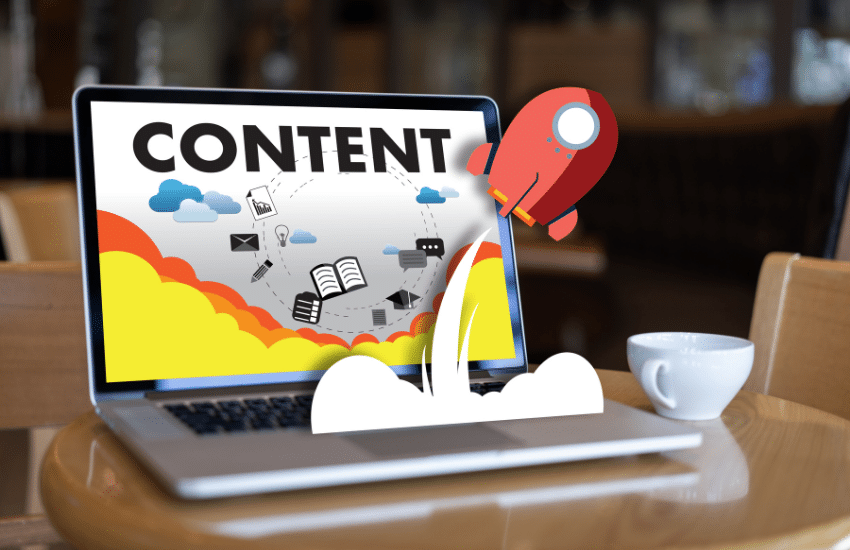
Content marketing is huge when it comes to driving organic traffic.
When you search questions on Google, you will most likely find your answer around one of the blog posts or videos from youtube that pops up on the search results page.
The more valuable content you can create and put out into the world, the more clicks you will eventually have coming to your site.
If you are an expert mechanic who knows everything there is to know about cars, create videos about preventing or fixing everyday car problems.
Whether you prefer writing or filming, either way, you can create content people in your industry want to see.
What is content marketing?
Content marketing is best described as creating online material (videos, blogs, social media, and images) for the chance that it will lead to higher website traffic and more sales for your business.
Most questions people search for on google will be answered with another person’s form of content marketing that contains their answer.
Types of content marketing:
1. Blogging
As described by Hubspot, “a blog is a regularly updated website or web page, and can either be used for personal use or to fulfill a business need.”
More people are looking for information on the internet than ever before.
77% of people that use the internet read blogs.
This is excellent news for you business owners out there with a website!
Are you an expert who knows all the ins and outs of the wedding planning business? Consider writing helpful tips and guides on how to plan the best wedding ever.
Are you a copywriting genius who can turn any written word into an effective action-taking machine? Use that ability to write comprehensively on how-to guides on becoming a better writer.
The point here is that you can and should start a blog for the areas you are an expert in.
Some huge benefits of starting a blog are:
- You appear to be an expert in your industry
- You have a higher chance to show up in more google search results based on the keywords you target
- You can add value to your audience
- Build more elevated levels of trust
If you’re a beginner to blogging or are interested in a more in-depth guide, check out this significant step by step guide by Neil Patel.
2. Images
Pictures on your website are all compiled in a beautiful place called google images.
Google images pull all the pictures that are related to searches made from websites just like yours.
If you were to search “camping” in google under the images tab, you would get a massive selection of nice pictures regarding everything camping.
Click on one of these images; it will enlarge for you to see better, and allow you to click on it again. When you click on the image again, it will take you to the website where that image originated.
How cool is that? All you need to do is incorporate visually pleasing images that catch people’s attention.
3. Video
Video is a prevalent type of digital marketing now. Have you ever heard of youtube?
It’s only the second largest search engine right behind Google, except its all about videos.
People come to youtube to watch videos on how to do things, product reviews, entertainment, listen to music, and so much more.
Just like blogging, you can create content around what you do and the topics where you specialize.
Do you have an online gardens supply shop?
Consider making videos on how to take care of flowers properly or make the most epic edible garden of all time.
The possibilities are endless.
We will be going more in-depth about video in the video marketing section; however, it is essential to mention it here because it is a significant factor in content marketing.
The Pros of Content Marketing
- Boosts your SEO and website traffic.
- Creates brand awareness.
- Supports your audience through the conversion funnel.
- Builds brand loyalty.
- Great for lead generation.
- Improves conversion rates.
The Cons of Content Marketing
- It has a high learning curve.
- Content marketing is hard work.
- Very time-consuming.
- It’s a lot of work balance on your own.
- You will need a diverse set of skills in many different industries.
Action step: take one thing you are fantastic at in your business and turn it into content to put out into the world either on social media, your website or make it into a video educating others on that topic.
Types Of Digital Marketing: Email Marketing

Email marketing is an old soul that has been around a long time, but it’s far from gone. Have you ever wondered why other companies want you to subscribe to their email newsletters?
There are three main reasons why you want to start email marketing:
- Increased conversions (sales for your products or services)
- Brand Awareness
- Customer loyalty
What is email marketing?
Email marketing is a way to trade something of value in exchange for someone’s email address.
You can then send updates for new blog posts on your site, weekly updates with your business, informational guides, or anything else you think would be of value to your subscribers.
For example, I’ve seen someone create a coding course through their email newsletter, where they teach the basics of a few languages over the duration of a few months.
Take a moment to brainstorm ways to add value to your audience in exchange for their best email address.
The Pros of email marketing
- You own your email lists, and no one can take your list away from you.
- Email marketing allows you to build up the relationships between you and your customers continuously.
- You can stay in contact with your customers.
- For every $1 spent on email marketing, generally, you can expect a return of $42.
- You can create a CTA(call to action) that motivates people to return to your site.
- It’s a cost-effective way to engage with your audience.
The Cons of email marketing
- It requires consistency.
- Your competition is also trying to win your customers’ time.
- Most people won’t open your emails.
- Emails can give off an impersonal and sales-y vibe.
- Your subscribers can easily unsubscribe if they don’t like your content.
Is email marketing for you?
Every business can benefit from having their email marketing strategy.
Email marketing pairs well with other digital marketing types such as social media marketing, PPC, and SEO or is excellent as a standalone strategy.
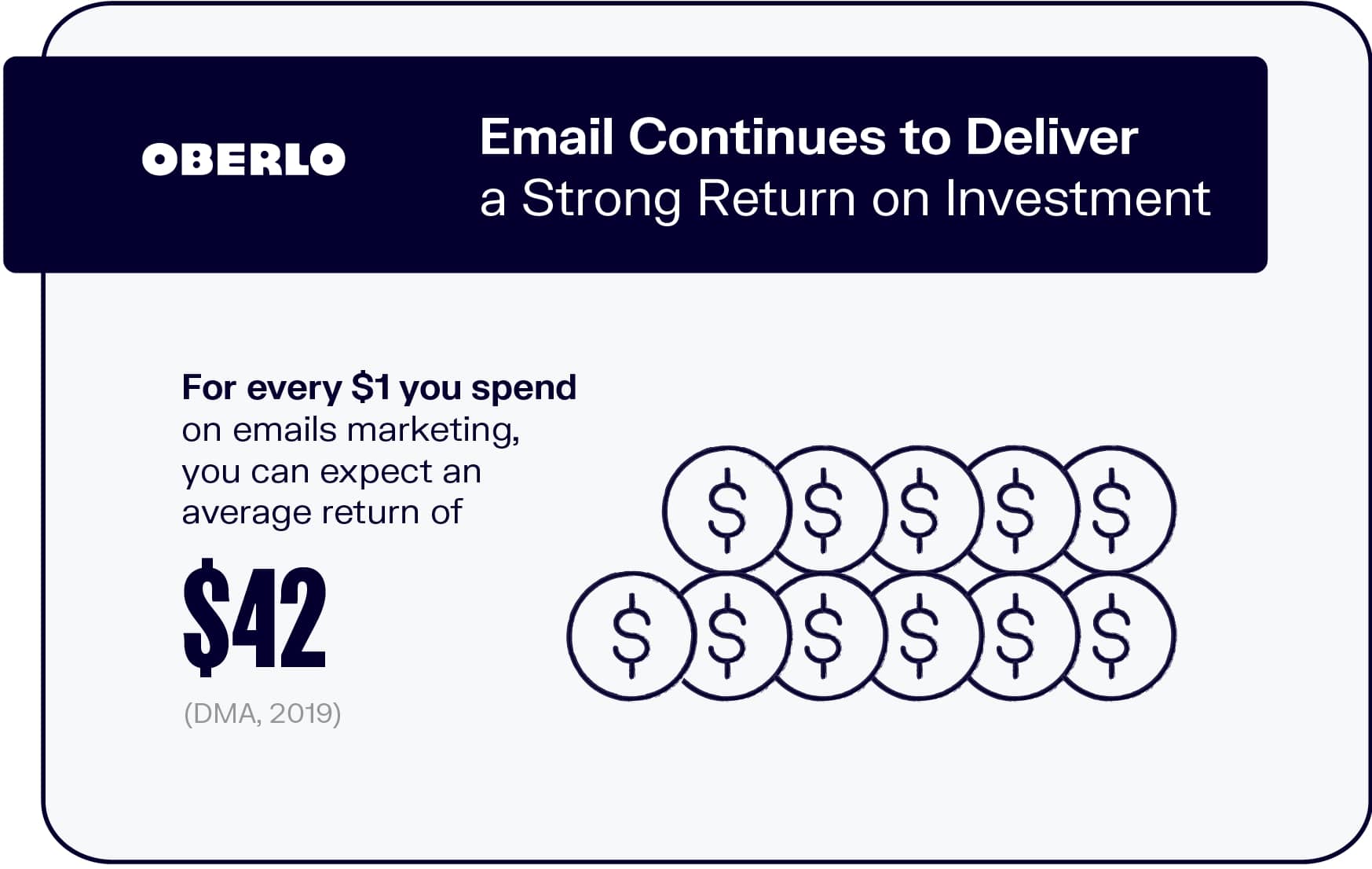
Image Source: Orbelo
How do you get started?
When getting started, the world of email marketing may seem a little confusing, but rest assured, The links below will help you get on the right path.
The best free email marketing services you should check out are:
You only need to pick one platform to call home for your email marketing campaigns. Pick the one that you like the most, and then move on.
Once you choose the best one for you, click the link located directly to the right of that provider for in-depth guides on how to get started and start your email list today.
Action step: Create a free email marketing account from one of the providers above! Put a link to join on the platforms you already have an audience and let them know about getting the ball rolling.
Types Of Digital Marketing: Influencer Marketing

Do you follow any prominent YouTubers or other social media? If so, you have most likely witnessed influencer marketing without even realizing it.
The influential people of the world used only to be celebrities and people in the spotlight from sports to fashion.
Times have changed, however! More regular people like you and I are obtaining similar influential qualities, one social media follower at a time.
Celebrities are still in the mix with their brand deals and sponsorships; however, the rise of influencers has taken the internet by storm.
What is an influencer?
An influencer is someone who has:
- A following in a specific niche who actively interact and engage with content.
- The power to directly affect others’ purchasing decisions because of the relationship with their audience and authority in their particular industry.
What is influencer marketing?
Influencer marketing can be described as brands and businesses partnering with influencers (people who have the attention of people in a particular niche or industry) to promote their message in front of their audience.
One example of this would be a household name like Nike, who partners with LeBron James or Tiger woods because they are large icons in sports.
Nike’s example is on the larger side of the scale for influencer marketing, but the same thing occurs in other industries much smaller.
The Pros of Influencer marketing
- It allows helps you to reach another audience.
- By partnering with the right influencers, you build trust and credibility with your brand.
- It can be a cost-effective option for getting your name out there.
- Partnering with the right influencers can reduce your sales cycle due to their audience trusting them.
The Cons of Influencer marketing
- Working with the wrong influencers can damage your brand’s image and reputation.
- It is difficult to measure results directly from the influencer marketing campaign.
- If the influencer cannot create unique content that will resonate with their audience, your marketing investment will most likely not have the desired ROI.
Is influencer marketing for you?
Based on the pros and cons we went over above, I’d advise looking into it and considering implementing it into the other types of digital marketing you are currently using.
Some things you should consider before committing are:
- Content quality the influencer creates.
- How does their audience engage with the content posted?
- How often are they posting new content?
- Do they match your brand well?
- Does their audience match your customer profile?
- See their audience date before confirming the partnership.
If you find something that doesn’t align with what you are all about, then you should either not implement this into your strategy or continue searching for an influencer that would be the right partner.
How to get started
Some good places to get started if you would like to browse a variety of influencers and answer most of the questions above quickly are influencer marketplaces such as:
- Influencermarketinghub.com ( good for finding the right influencer marketplace to explore)
- Fourstarzz.com
- activate.social
- Matchmade.tv (good if you have a game or app you want to market)
You could also do your searching online in places like social media or blogs related to the topic you’re already associated.
The downside to doing it on your own is that you are essentially going into the experience a little more blind when it comes to actual data upfront.
Action step: Use one of the influencer marketing places provided above or find a few influencers on your own that resonate with your brand and core audience.
Types Of Digital Marketing: Mobile Marketing
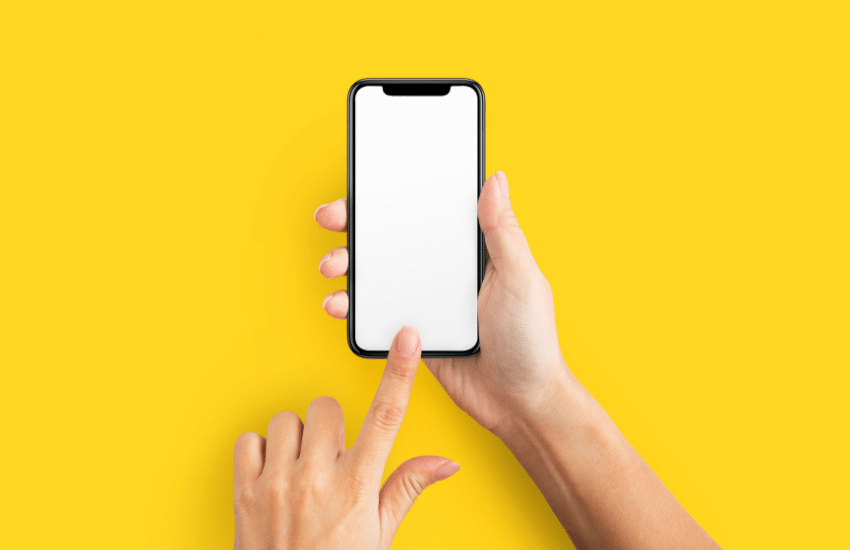
Take a quick look around the next time you are in public. Almost every other person you see is on their phone.
Our phones are usually with us at all times, keeping everyone connected with family, friends, and clients daily.
These pocketable devices are now an extension of our mind and body but, more importantly, our eyes!
For business owners who seek more ways to get their brand in front of more potential clients, making it easier for mobile users to find you can be substantial for your growth when done correctly.
Platforms like google have adopted a mobile-first mentality, which means that businesses with websites that work great for mobile will be ranked higher on search results and more potential customers.
The future is mobile, and the future is now.
What is mobile marketing?
Mobile marketing is best described as marketing your business to mobile device users.
If you understand how to do it correctly, mobile marketing is a great tool to personalize the user’s ad experience. You can make everything time or location sensitive so people can find what they are looking for no matter where they go.
An example of this would be if you own a sandwich shop in Santa Barbara, CA, next to the freeway and run some location-based advertising through google to show people who are 5 miles away from your shop to see your ads. Now when hungry drivers get close to your shop and want a sandwich, they will see your ad show up when looking for lunch on google and likely come stop by.
How does it work?
Mobile marketing is a form of marketing specifically for displaying ads on mobile devices such as smartphones and tablets.
The way these ads are displayed all varies because all platforms differ in their provided ad experience.
If you were to scroll through Facebook and then jump over to Snapchat or google, you would notice that they present their ads differently and in unique ways.
Types of mobile marketing
You have a few different options for mobile marketing, and the one you choose to use will depend on your industry, marketing style, target audience, and the marketing budget you have set aside.
The different types of mobile marketing are:
App-based marketing
Services like Google AdMob make it easy for you to advertise your business through mobile apps without owning your own.
According to an article by emarketer, people spend 90% of their on phone time using mobile apps.
Platforms like Facebook and Instagram make advertising on their mobile apps so easy and seamless for the user experience that sometimes you can even tell you are looking at an ad within your newsfeed.
Location-Based Marketing
Location-based advertising refers to ads that show up for a person searching for something online, and the ads that show up can be based upon where they are geographically.
If you own a tire shop and are advertising to people searching “tire shops near me” and are within a 10-mile radius, your shop will come up for anyone who just had a blow out 5 miles away and is looking for shops like yours.
How cool is that?
SMS
SMS marketing is similar to the style of email marketing.
The only difference is that you will now need to manage your potential customers’ phone numbers instead of collecting emails.
This form of mobile marketing is unique because it allows you to get in front of people in a more personalized way.
Mobile Search Ads
You can create mobile search ads within google’s ad platform. They make it pretty easy to get your first ads up and running once your ad account is open.
Like I said above, Google has taken a mobile-first approach when it comes to user experience.
Over the years, since they committed to this idea, they have spent much time refining and focusing on how people can interact with their platform.
Mobile search ads allow you to get your ads in front of the people searching for your business.
Google gives you the ability to integrate extensions within your ad that offers your customer the option of calling, texting, or viewing your store location, directly from the ad itself.
They continue to refine and change things within their platform, meaning some things will change over time with expectations and practices.
QR Codes
QR codes are scannable through any smart device by using the camera or third party apps.
Once scanned, your device will redirect you to whatever website or app the QR code as been linked.
Often you will see these little codes at restaurants for you to scan and view their menu without needing an actual menu.

In-Game Mobile Marketing
If you have ever played any free games on your phone or tablet, such as angry birds, or candy crush, you have seen ads pop up regularly throughout the interactive experience.
In-game, ads can show up in the form of videos, full-page images, or banner ads.
The ads will usually pop up when you are in between loading screens for a brief period until you are allowed to continue with your gaming experience.
The Pros of mobile marketing
- Immediate message delivery.
- Customized targeting.
- You are getting in front of people where they like to spend time.
- Social media platforms make it easy to advertise.
- It’s cost-effective.
- Another way to stay in front of your customers.
The Cons of mobile marketing
- Privacy is a massive thing for mobile marketing; if you do not follow regulation, it could have severe consequences.
- Some people don’t like advertisements on their mobile devices.
- If your website isn’t mobile-friendly and doesn’t look good on a smaller screen, you will likely lose that customer.
Action Step: Pick one type of mobile marketing from above that you think will integrate the best with your business and implement it into your overall marketing strategy.
Types Of Digital Marketing: Audio Marketing

Audio marking is one of the best types of digital marketing for not wasting people’s time.
It doesn’t take attention away from onhand tasks, and you can pair it with the activities you were going to be dong regardless.
Audio acts as a non-intrusive way to talk with your audience that shows you respect their time.
People can put on a podcast while doing the dishes or listening to an audiobook while working out or even driving.
It doesn’t prohibit your visual senses like video or keep your hands tied for a little while, like reading a book.
The world of audio is still alive and well. It looks a little different now due to smart speakers like Alexa or platforms such as Spotify and Apple music.
What is audio marketing?
Audio marketing offers listeners a hands-free/screen-free content experience.
If you enjoy talking about your business but hate being on video, audio marketing is the zone you should concentrate on.
Types of Audio marketing
There are a few ways to implement audio marketing into the types of digital marketing you currently are doing. Here are the main types of audio marketing (for now) to be aware of :
Podcasts
All podcasts are free on platforms like:
- Spotify
- Apple Podcasts App
- Google Podcasts App
- Youtube
Youtube is listed above because many people will upload a recording of the podcast there.
You can find people talking about nearly any topic in the form of a podcast.
It’s almost like having your very own radio show where you talk about the things you are the most knowledgeable in. Great, right?
Radio(AM/FM)
You likely already know about this one. Radio has been around as a source of entertainment since the 1920s and enjoyed by many since then.
Radio still is used today, but more and more people have switched to a streaming style listening experience.
Regardless, the radio is a great place to get your businesses message out and into the world for people to hear.
Usually, the best way to begin advertising on the radio stations your customers love listening to is by going directly to their website.
They will usually have their rates disclosed, but if not, you could always contact the station directly to get more information.
Audio Transcription
If you are already writing for your blog or having someone else doing it, consider having an audio transcription included in your posts.
Audio transcription is when someone records someone reading over text for the content consumer to listen and read if they would like to or just listen as they would for a podcast.
The more comfortable you can make the process of enjoying your content, the more likely you will get more people to consume it.
Audio Books
Audiobooks make reading so much easier to fit into your schedule.
For people that are always on the go, listening to books rather than sitting down and reading them is a little easier to digest.
Yes. You will have to write a book to have it turned into an audiobook.
But I figured that this was a notable piece of the pie that was worth bringing up.
The Pros of audio marketing
- Increase trust in your brand.
- People get to hear the real you and connect more with your brand than just a wall of text.
- Audio marketing is another way to amplify your brand values.
- People will be more likely to remember your brand.
The Cons of audio marketing
- No visuals.
- You will need to follow a consistent schedule of uploading content.
- If you have no prior brand following, it can be hard to get a listener base.
Action Step: Think about creating your form of audio marketing from what you are currently doing. Are you making video content for youtube? Use the audio from the video and make a podcast so your fans can listen to you on the go.
Types Of Digital Marketing: Video Marketing

Video marketing has grown to be such an essential piece of the pie regarding the types of digital marketing.
The second-largest search engine, right behind Google, is youtube, which is designed entirely for video content.
Youtube currently has more than 2 billion active users and many loyal fans who gravitate to the platform daily to soak up all their favorite creators’ content.
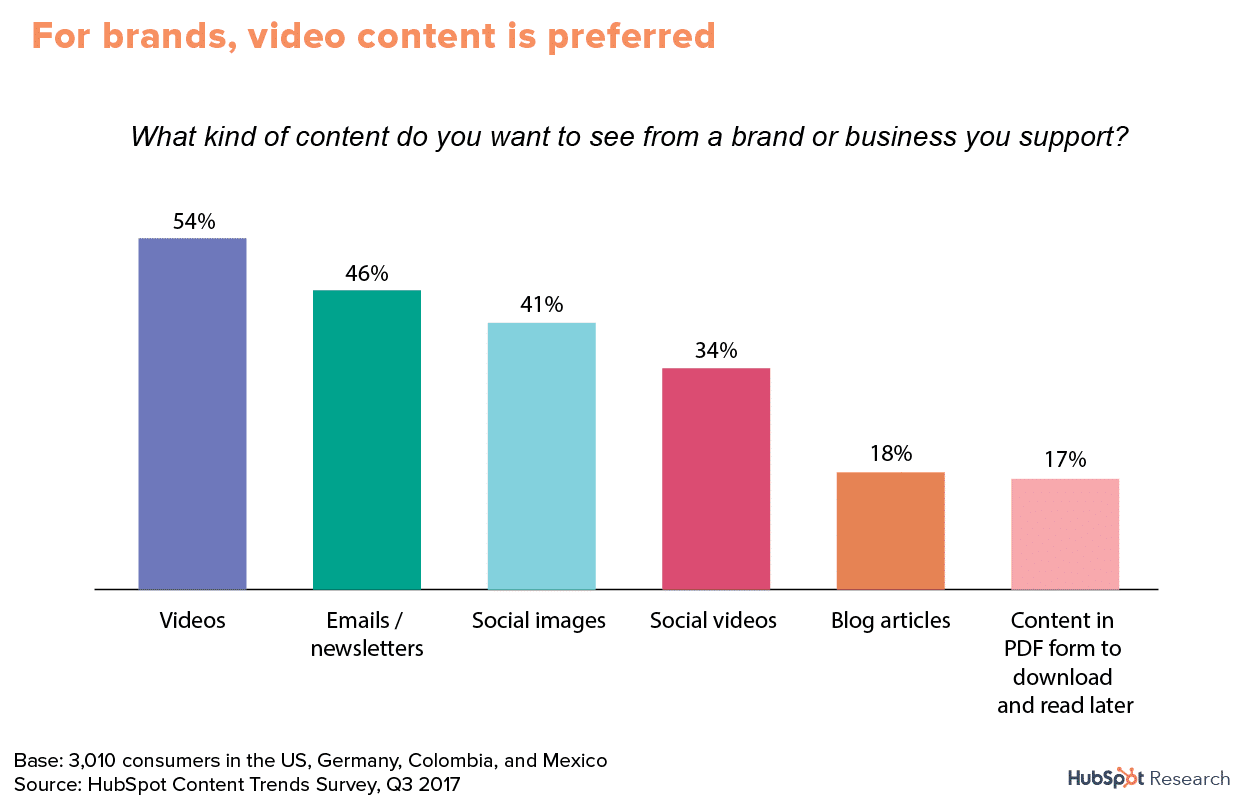
Image Source: Hubspot
You should be aware of a few other platforms, but let’s first break down what video marketing is.
What is video marketing?
Video marketing is when you use the power of video to promote your product, service, or brand.
No need to complicate it here; the whole point is to get up close and personal with your future customers by showing what you and your brand represent.
Video Marketing Platforms
The list of useful video marketing platforms follows as such:
These are the leading contenders for video platforms, and I recommend you check them all out.
The Pros of video marketing
- Video boosts conversion rates.
- Video content has strong engagement.
- Search engines like google love video.
- Video builds trust and credibility.
- Video grabs attention quickly.
- Video has a higher likelihood of being shared on social media.
- You can easily repurpose video content.
The Cons of video marketing
- Video production can be very time-consuming.
- Videos are hard to update and keep “evergreen.”
- The higher the quality video, the more overhead cost goes up.
- Not everyone prefers watching videos.
Action Step: Take your phone out and record a short video of yourself talking about what you are currently enjoying about your day and post it on your social media. Doing this will help you become comfortable being on the camera and get the ball rolling.
Conclusion
There are many types of digital marketing for you to implement to grow your business for the long term and today. But it can all look like a pretty huge mountain to scale and get over when just getting started.
Try taking just one thing you liked from this article and implementing it into your overall marketing strategy.
Out of the types of digital marketing we covered today, what one are you most interested in implementing into your marketing plan?
Thank you for tagging along with me until the end. I hope you learned something new and take some value from the information we touched upon today.
If you want help with implementing anything related to digital marketing or just want a specialist to do it for you, check out the services we offer for your particular industry by clicking the button below.



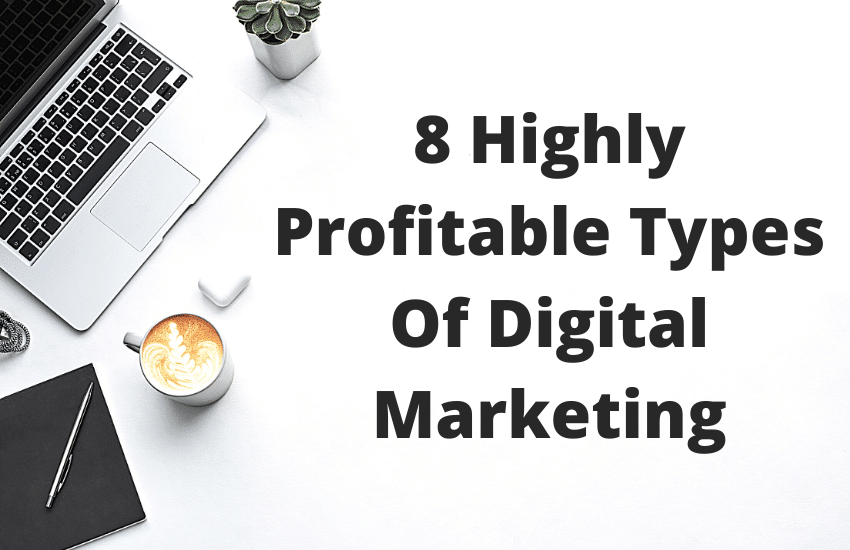

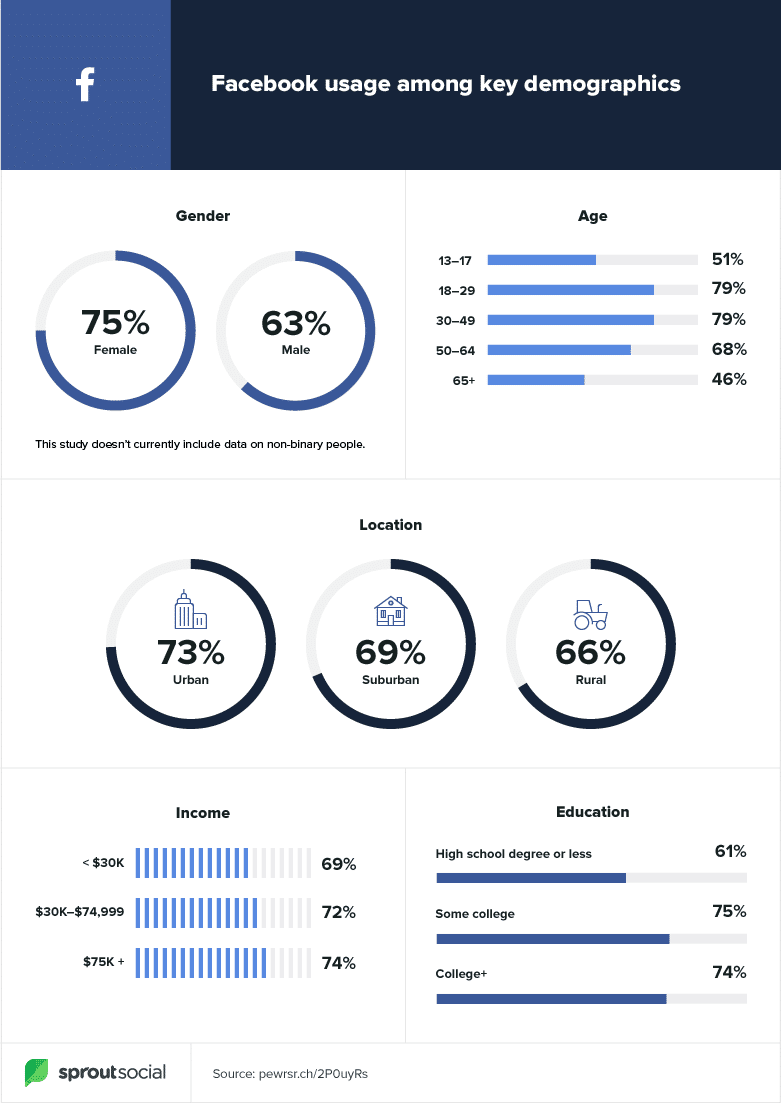
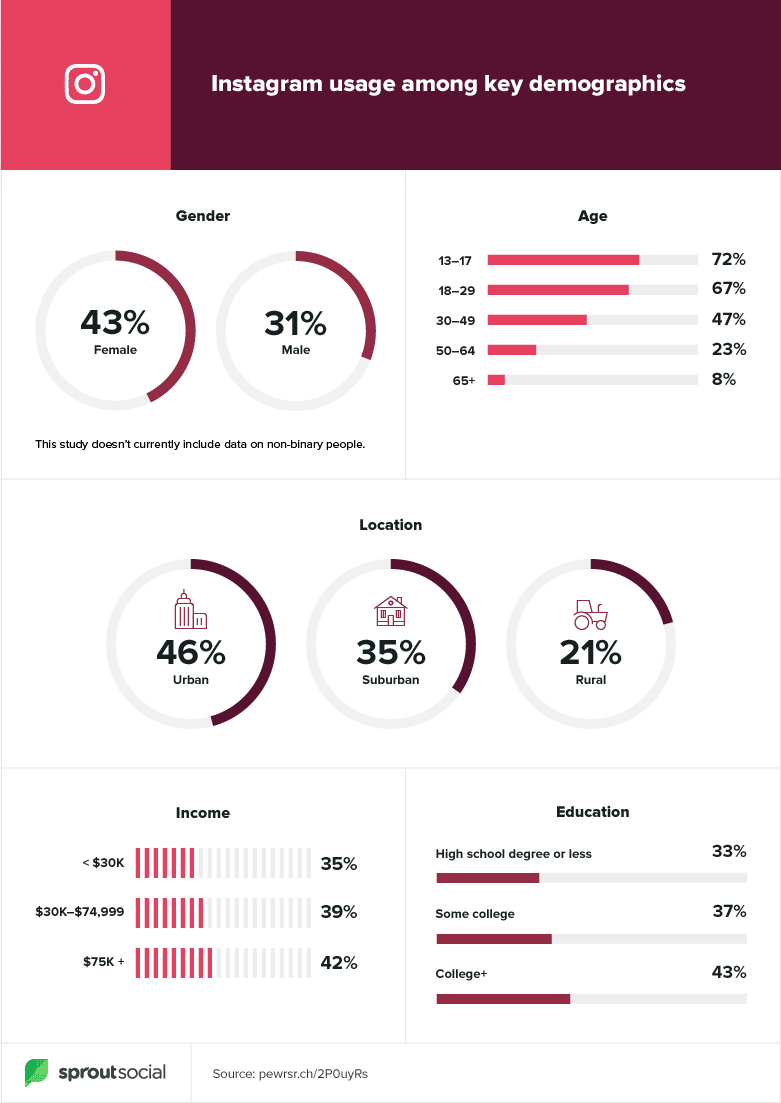
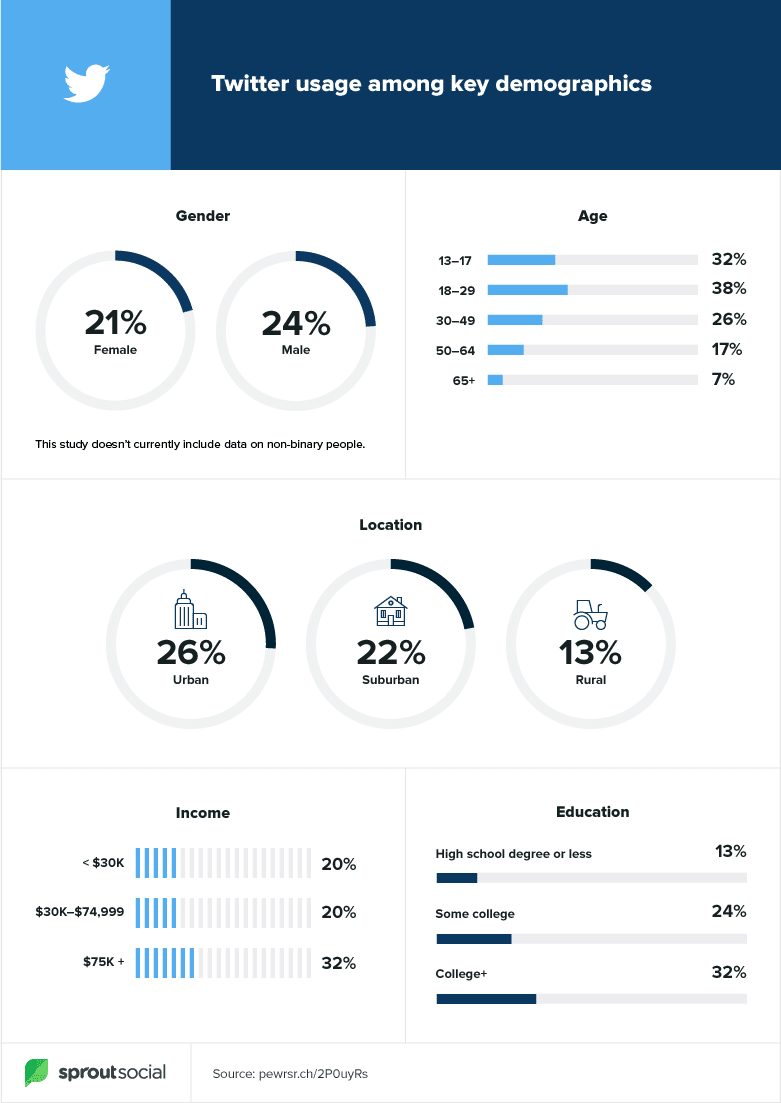

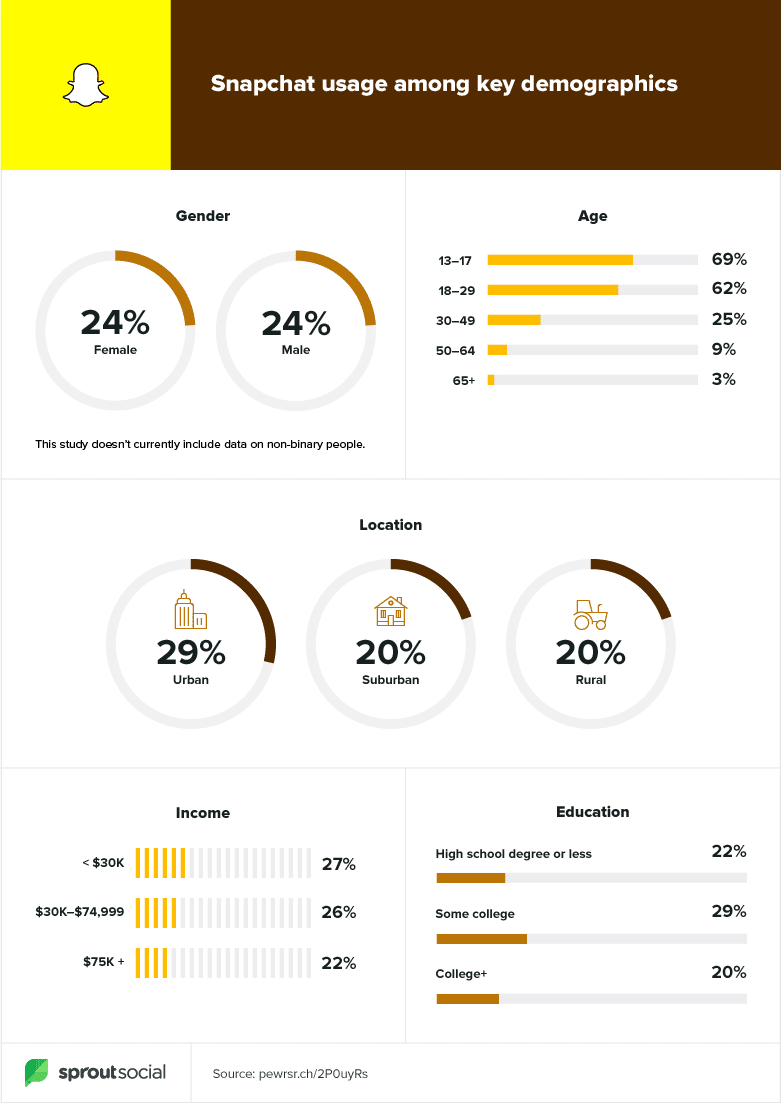
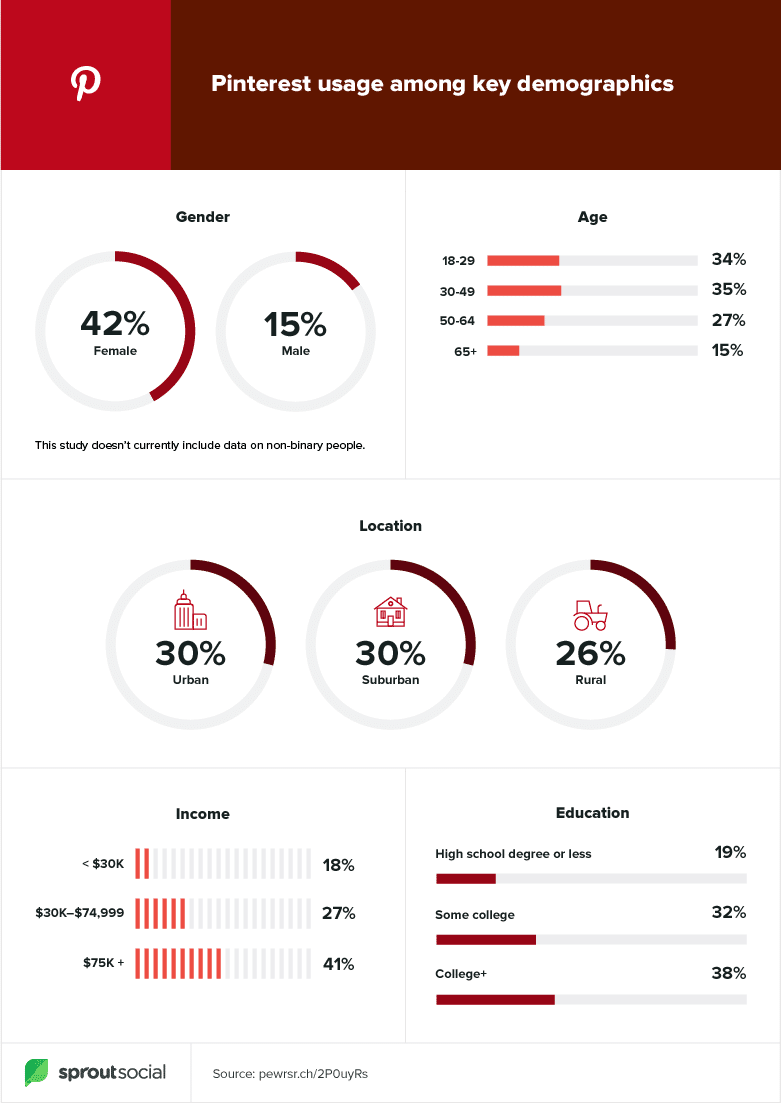
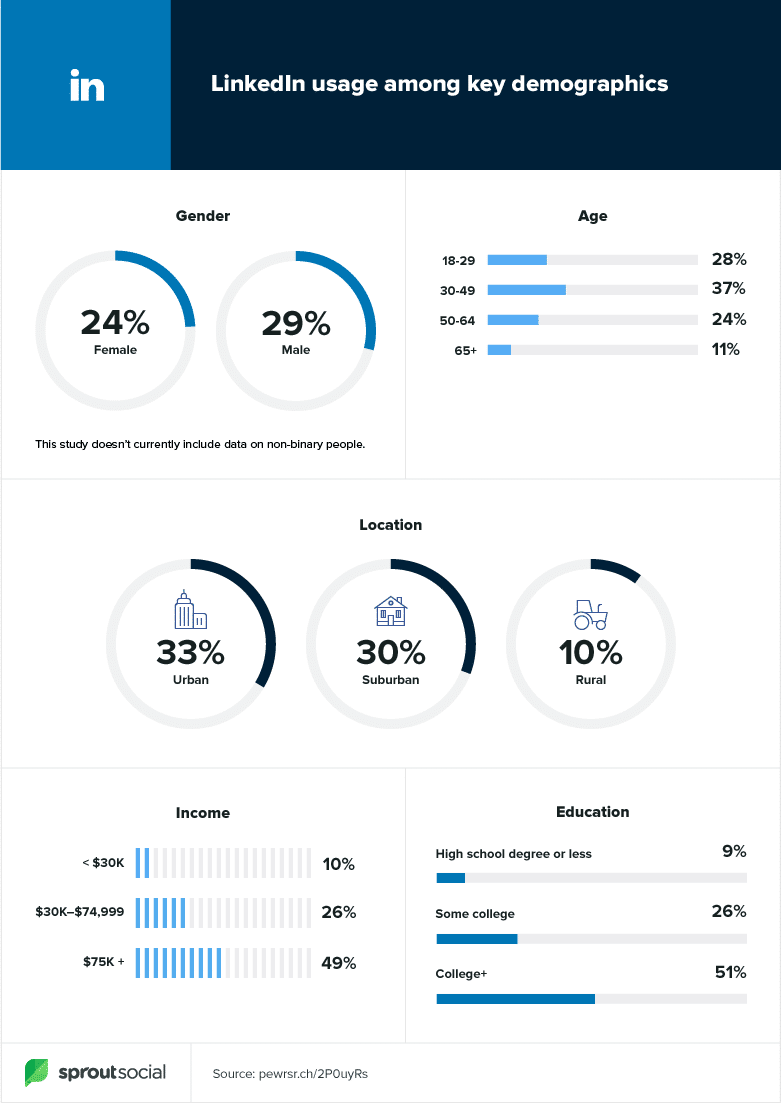

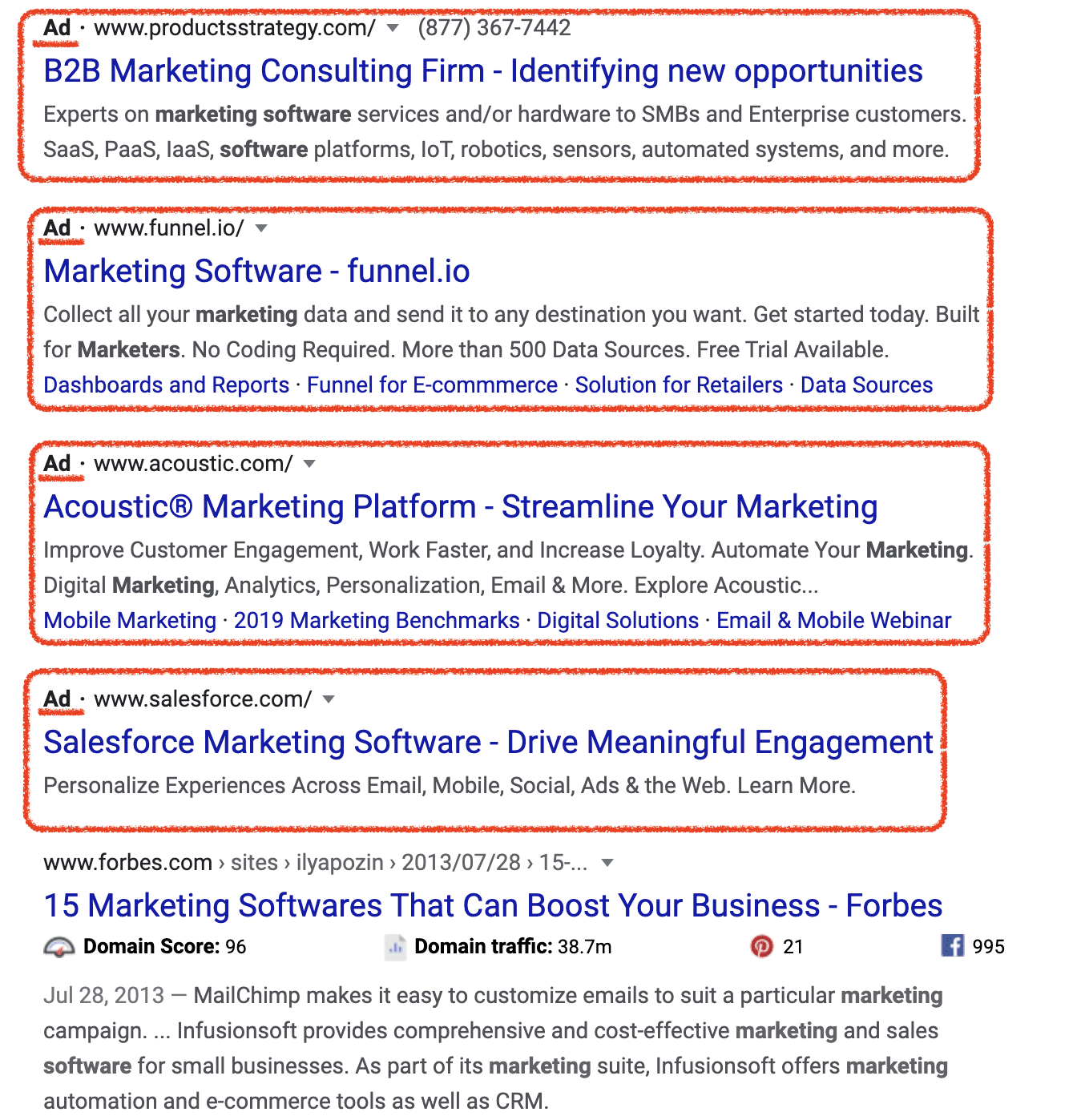


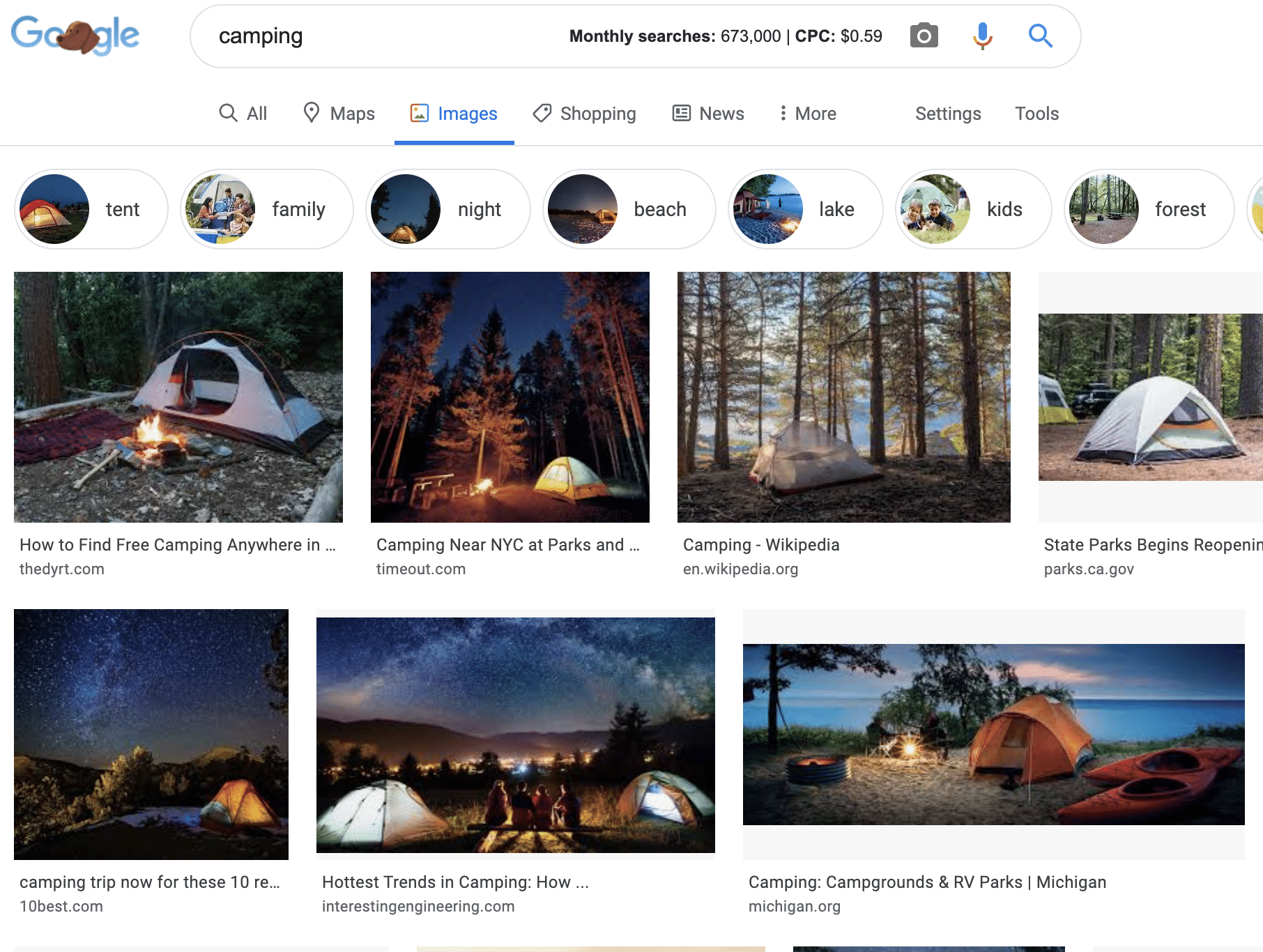


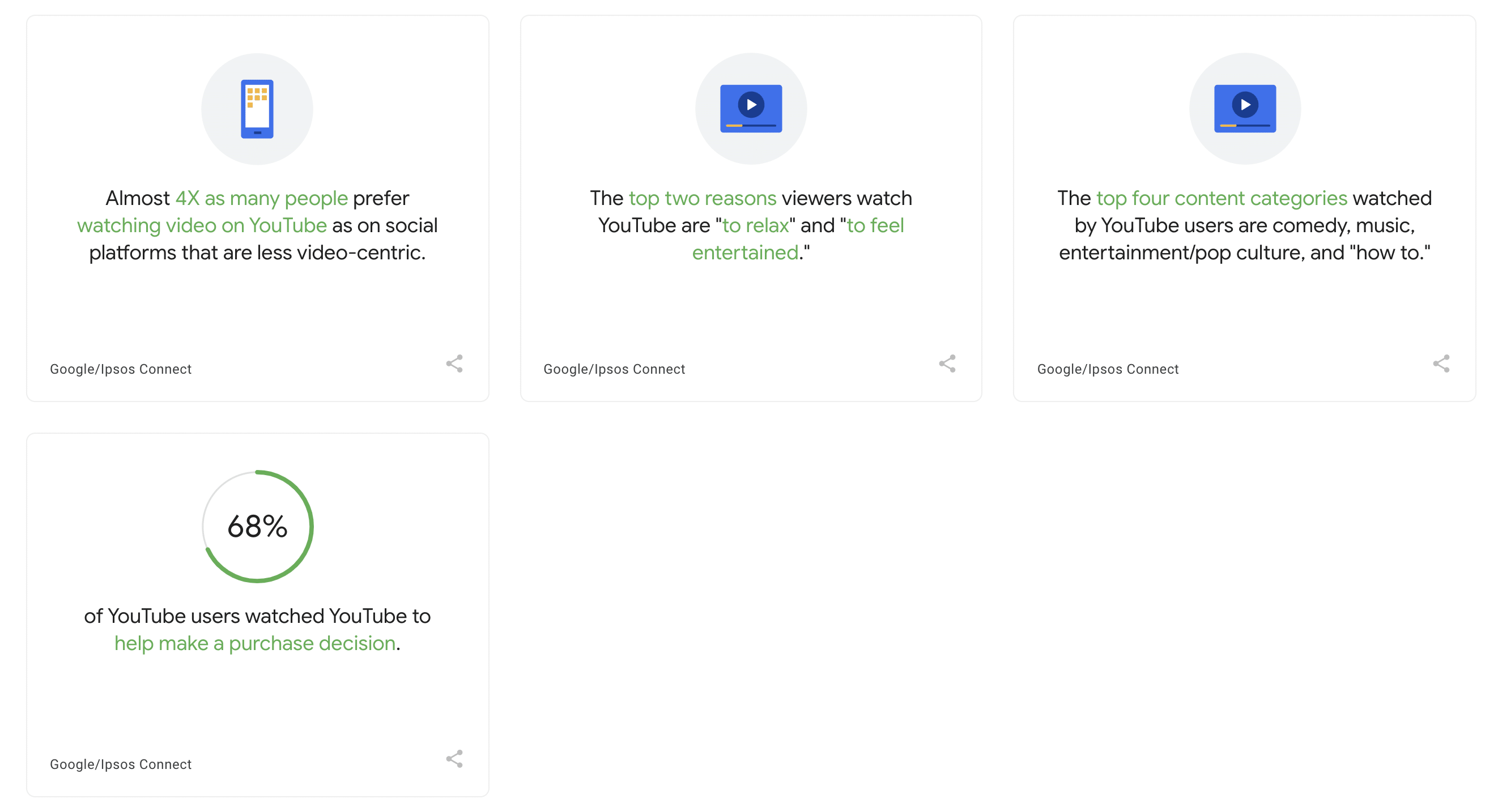
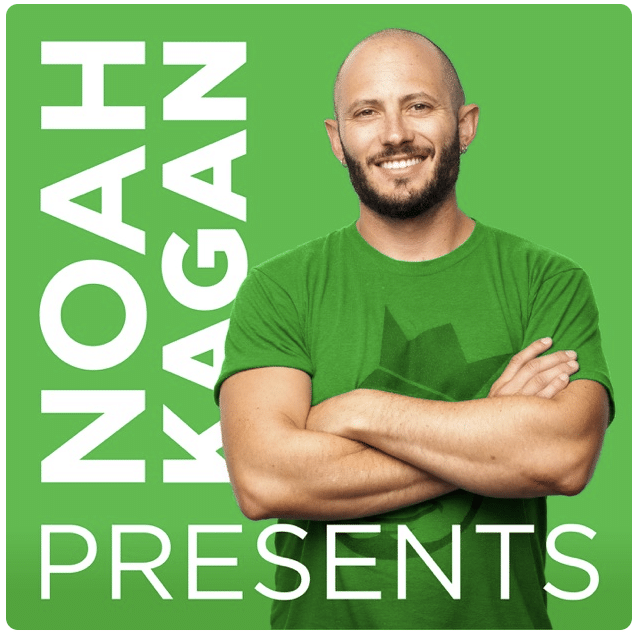
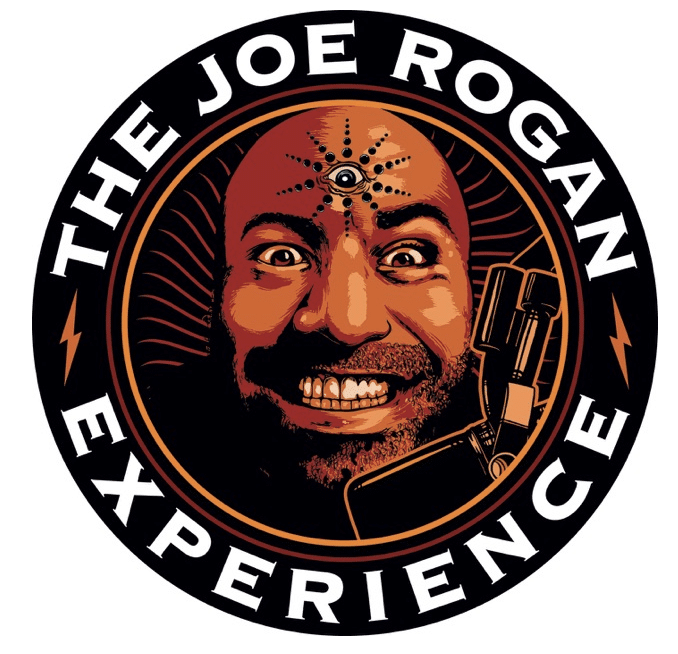



0 Comments
Trackbacks/Pingbacks